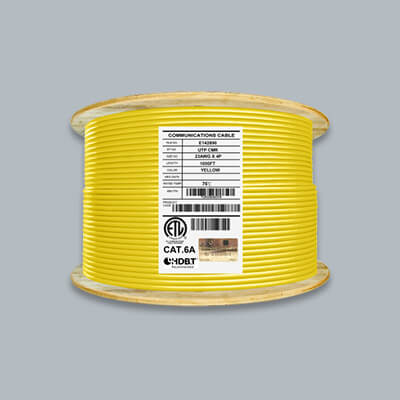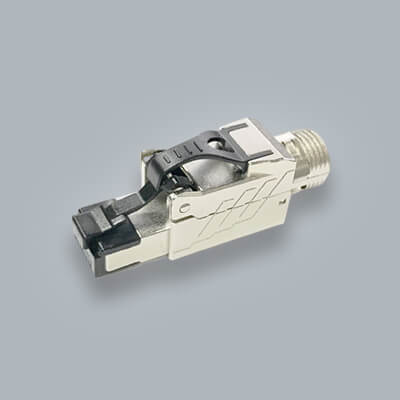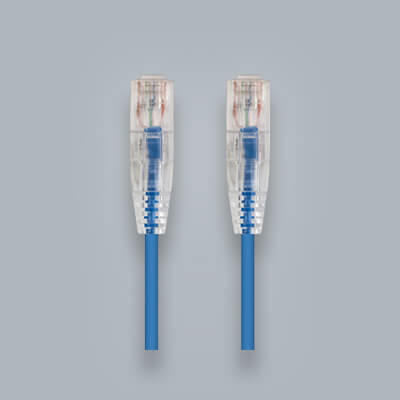What Is IEEE 802.3?

There are many different ethernet standards today. Through the years they have evolved to cover the current technologies at their present time. From the first ethernet standard in 1973 to today they have either advanced on or refreshed previous standards.This group of professionals gather each year to work on standards that are provided to the public. This knowledge is then taken and used as a guidelines for companies and manufactures to follow for a universal understanding of what type of structure and performance to expect. In this article we will go over what is IEEE 802.3 and what it means in the networking industry.
What Is IEEE?
First we will start with the collection of individuals that creates these standards. IEEE stands for Institute of Electrical and Electronics Engineers). It s a working group of professionals in the electrical and engineer fields who come together to define physical layers and data link layers media access control of wired ethernet. The common area for this is a local area network technology such as a LAN (Local Area Network) or WAN (Wide Area Network). To create these local networks physical connections need to be made between nodes or networking devices such as routers or switches using copper cables or fiber cables. Which are often referred to as ethernet cables.
What Is IEEE 802.3?
802.3 is a standard set by IEEE which covers the specification for ethernet. There is more than one ethernet standard that falls under the 802.3. Each version covers a different aspect or type of ethernet capability. Some of these standards introduce new versions of ethernet which align with today's technology performances and some may outline smaller parts such as the data frames used. Each standard is usually supplemented with a number or letter after 802.3. This helps organize which standard does what.You'll even see multiple standards for the same version of ethernet.
For example:
10 Mbps has numerous supplements such as 802.3a, 802.3j, 802.3i.
Gigabit ethernet has supplements such as 802.3z and 802.3ab.
10 gigabit has supplements such as 802.3ae, 802.3ak, 802.3an, 802.3av and more.
List of 802.3 Standards
| 802.3 | 1983 | This first IEEE standard for Ethernet defined 10base5, 10 Mbps over thick coax. |
| 802.3a | 1985 | 10Base-2 (thin Ethernet), 10 Mbps over thin coax. |
| 802.3b | 1985 | 10-Broad-36 |
| 802.3c | 1986 | 10 Mb/s repeater specifications (clause 9) |
| 802.3d | 1987 | FOIRL (fiber link) |
| 802.3e | 1987 | 1-Base-5 |
| 802.3i | 1990 | 10Base-T (twisted pair) |
| 802.3j | 1993 | 10Base-F (fiber optic) |
| 802.3u | 1995 | 100Base-T (Fast Ethernet and auto-negotiation) |
| 802.3x | 1997 | Full duplex |
| 802.3z | 1998 | 1000Base-X (Gigabit Ethernet) |
| 802.3ab | 1999 | 1000Base-T (Gigabit Ethernet over twisted pair), 1 Gbps. |
| 802.3ac | 1998 | VLAN tag (frame size extension to 1522 bytes) - this expanded the maximum frame size to 1522 bytes. |
| 802.3ad | 2000 | Parallel links (link aggregation) |
| 802.3ae | 2002 | 10-Gigabit Ethernet |
| 802.3af | 2003 | Power over Ethernet - first standard release for this technology |
| 802.3ah | 2004 | Ethernet for the First Mile |
| 802.3ak | 2004 | 10G-Base-CX4 10Gbps, Ethernet over twinaxial cables. |
| 802.3an | 2006 | 10G-Base-T 10Gbps over unshielded twisted pair, UTP. |
| 802.3ap | 2007 | Backplane Ethernet, 1 & 10 Gbps over a PCB. |
| 802.3aq | 2006 | 1-G-Base-LRM 10 Gbps over multimode fibre. |
| 802.3as | 2005 | Frame expansion |
| 802.3at | 2005 | Power over Ethernet Plus - enhancements to 25.5W |
| 802.3au | 2006 | Isolation requirements for Power over Ethernet |
| 802.3av | 2009 | 10 Gbps |
| 802.3ax | 2008 | Link aggregation - see IEEE 802.1ax |
| 802.3az | 2010 | Energy efficient Ethernet |
| 802.3ba | 2010 | 40Gbps & 100Gbps Ethernet |
| 802.3bc | 2009 | Update of Ethernet Type, Length & Value, TLVs that were previously specified in 802.1AB to 802.3 |
| 802.3bd | 2011 | Priority based flow control |
| 802.3bf | 2011 |
Provision of accurate indication of transmission and reception initiation times of some packets to support IEEE P802.1AS |
The Future of Ethernet Standards
The next generation of ethernet is being developed on a year to year basis. IEEE routinely gets together throughout the year to go over current standards and develop new ones. We are even getting in to speeds such as 25 Gb/s and 50 G. Many of these new standards cover both copper and fiber cables. You can expect many of the higher range speeds to focus more on fiber cables.





